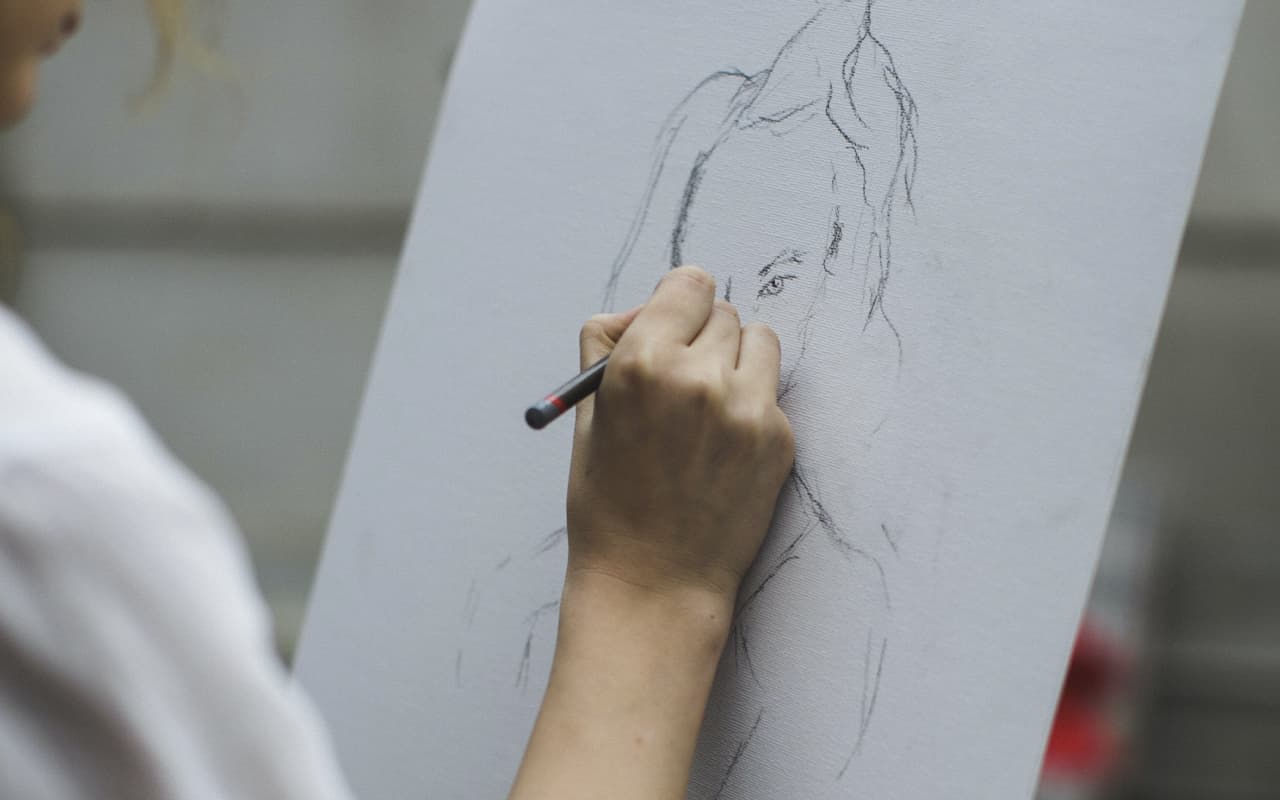
History of art development
Art is a type of human activity that expresses the imaginative or technical skill of the author and is intended to be appreciated for its beauty or emotional power.
Art originated in the imagination as a creativity to create something that can be directly experienced through our senses. While visual art, which is experienced through our sense of sight, is the most common form, art can be experienced through the senses of hearing, touch, or more than one sense.
Most art forms date back thousands of years. From the prehistoric cave paintings and figurines found in caves around the world to the elaborate architecture and sculptures in Greece and Rome, even in the ancient world, creativity has played a monumental role in personal and social life, as it continues to do today.
In the age of technology, there have been many discussions about art. A central theme has been the development of personal style within the broad artistic movements that have emerged over the years, with a particular emphasis on the relationship between utility and aesthetics. The most dramatic example of art that revolutionized was Marcel Duchamp’s The Fountain (1917), which challenged the straightforward meaning of art by arguing that a slightly altered urinal deserved to be classified as a work of art. It is also an epitomizing example of how art is an important medium through which artists can provide political and social commentary.
Art has the following types:
- architecture: the work of Antoni Gaudi and Giuseppe de Sacco;
- sculpture: works of art by Michelangelo and Donatello;
- painting: paintings by Leonard da Vinci, Van Gogh, Pablo Picasso;
- music: symphonies by Beethoven, Mozart, Bach;
- Theater: performances by Moliere and Bernard Shaw;
- literature: works by William Shakespeare, Jack London;
- Cinema: Charlie Chaplin’s works, psychological films by Alfred Hitchcock.